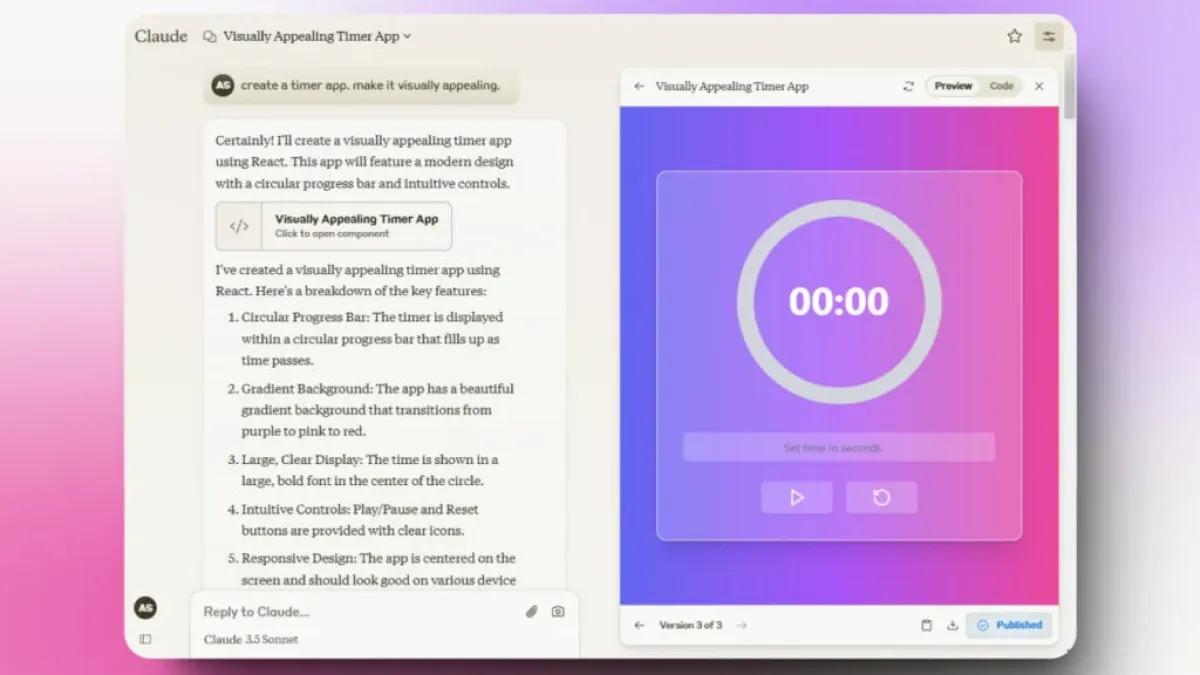Cape Canaveral, Florida – June 24, 2024 (AP): NASA has announced yet another delay in the return of its Starliner spacecraft, which was scheduled to undock from the International Space Station (ISS) and begin its journey back to Earth today. The postponement marks the third time in this mission that technical challenges have interrupted the planned return.
Originally slated to depart on June 21st, the Starliner CST-100 was set to undock from the Harmony module of the ISS and commence its descent for landing at the White Sands Space Harbor in New Mexico. However, NASA officials cited issues with the spacecraft’s propulsion system as the primary reason for the latest delay.
NASA announced that the return of Boeing's first crewed Starliner mission to the International Space Station has been delayed again so it can investigate several malfunctions of the spacecraft, including multiple helium leaks and the loss of several small maneuvering engines.… https://t.co/HdWsPqlOPL pic.twitter.com/FdHlaHh43O
— world history (@worldhistoryera) June 24, 2024“We have encountered unexpected anomalies during our final checks of the propulsion system,” stated NASA spokesperson Dr. Emily Garcia. “Our top priority is ensuring the safe return of the crew and the spacecraft, and we need to thoroughly investigate these issues before proceeding.”
The Starliner spacecraft, developed by Boeing for NASA’s Commercial Crew Program, has faced several setbacks since its launch to the ISS on June 10th. Originally intended to demonstrate its capabilities for future crewed missions, the Starliner’s return has now been rescheduled for no earlier than June 27th, pending resolution of the propulsion system concerns.
NASA astronauts aboard the ISS, including Commander Robert Thompson and Flight Engineers Anna Chen and David O’Connor, were preparing for the departure when the delay was announced. They have been conducting experiments and routine maintenance aboard the space station while awaiting the Starliner’s return.
“We understand that delays are sometimes unavoidable in space missions,” Commander Thompson commented. “Our focus remains on completing our tasks here on the ISS and supporting the safe return of our colleagues aboard the Starliner.”
The Starliner CST-100 is designed to accommodate up to seven astronauts and is part of NASA’s strategy to resume launching American astronauts from U.S. soil. Since the retirement of the Space Shuttle program in 2011, NASA has relied on Russian Soyuz spacecraft to transport astronauts to and from the ISS, under an agreement with Roscosmos, the Russian space agency.
This delay comes at a critical time for NASA, as it aims to demonstrate the reliability and safety of its commercial partners in transporting astronauts to and from the ISS. Both Boeing and SpaceX have been contracted by NASA to provide crewed transportation services, with SpaceX’s Crew Dragon spacecraft having already completed several successful missions.
“We remain committed to the safety and success of our Commercial Crew Program,” said NASA Administrator Dr. Thomas Richardson. “While delays are disappointing, they are a normal part of the rigorous testing and preparation required for human spaceflight.”
NASA and Boeing engineers are currently working around the clock to diagnose and address the propulsion system issues on the Starliner. They are conducting thorough reviews and tests to ensure that the spacecraft meets all safety and performance requirements before proceeding with the return journey.
“We appreciate the patience and understanding of everyone involved in this mission,” Dr. Garcia added. “We are dedicated to resolving these issues swiftly and safely to bring our astronauts home.”
As NASA continues its efforts to advance space exploration and technology development, the agency remains focused on ensuring the safety and success of all its missions. Updates on the status of the Starliner CST-100’s return and undocking will be provided as new information becomes available.
For now, the astronauts aboard the ISS continue their work while awaiting further instructions from mission control. The international collaboration aboard the space station continues to serve as a symbol of unity and progress in human space exploration endeavors.
NASA’s next update on the Starliner’s mission is expected within the coming days as engineers work diligently to resolve the technical challenges.









